Rex Bruce creates videos and stills that are the result of a specialization in recording imagery from within vehicles, as would be natural for a Los Angeles native. Their breakneck velocity (increased by up to 20x the original speed) and cinematic over-saturation composited at different frame rates, compression levels, resolutions and varied states of digital degeneration create a mood of overkill and a noisy intensity that expresses the motorised zeitgeist of Tinseltown, the capital of vehicular excess. The resultant damage is visually appealing and painterly in texture and form while generating an atmosphere of technological and urban overkill, Los Angeles style.
Stills and video are shot through dirty windows of buses traversing Hollywood and central L.A. where Rex Bruce spent two years riding public transportation recording images of the L.A. sky-scape as a meditation on the climate crisis. The camera is always aimed towards that which daily absorbs tons of greenhouse gas: the atmosphere. Rushing across the freeways by electric car during the day and night, rain or shine the artist takes us on a super-sonic wild ride. All the while he is shooting skyward and our attention is brought to the big blue, replete with invisible carbon.
We transit the jerky hyper-commercial experience of the drive-thru which is also a record of corporate unhealthiness weaving its way into our paths in a city where get your cash at the drive through teller, you pull up for your Big Mac, then cruise by the pharmacy window for your cholesterol medications. Abject freeway foliage is a favorite subject, car washes, and nearby nature-scapes are presented in a most unnatural fashion as we fly across the farm country of i5, the Salton Sea and Joshua Tree (where the artist lives and works half time).
Ultimately the collection of works becomes a personal taxonomy of routes and destinations where the individual becomes a processed particle moved along the networked system that constitutes the Southland in an endless mapping of turns, accelerations, and stoppages as they pursue the various functions of life. The collective effect of viewing the works together captures the expanse of the cityscape and the foreboding vision of millions of carbon producing cars for which SoCal is so notorious
Images from this series span from 2005 to the present.
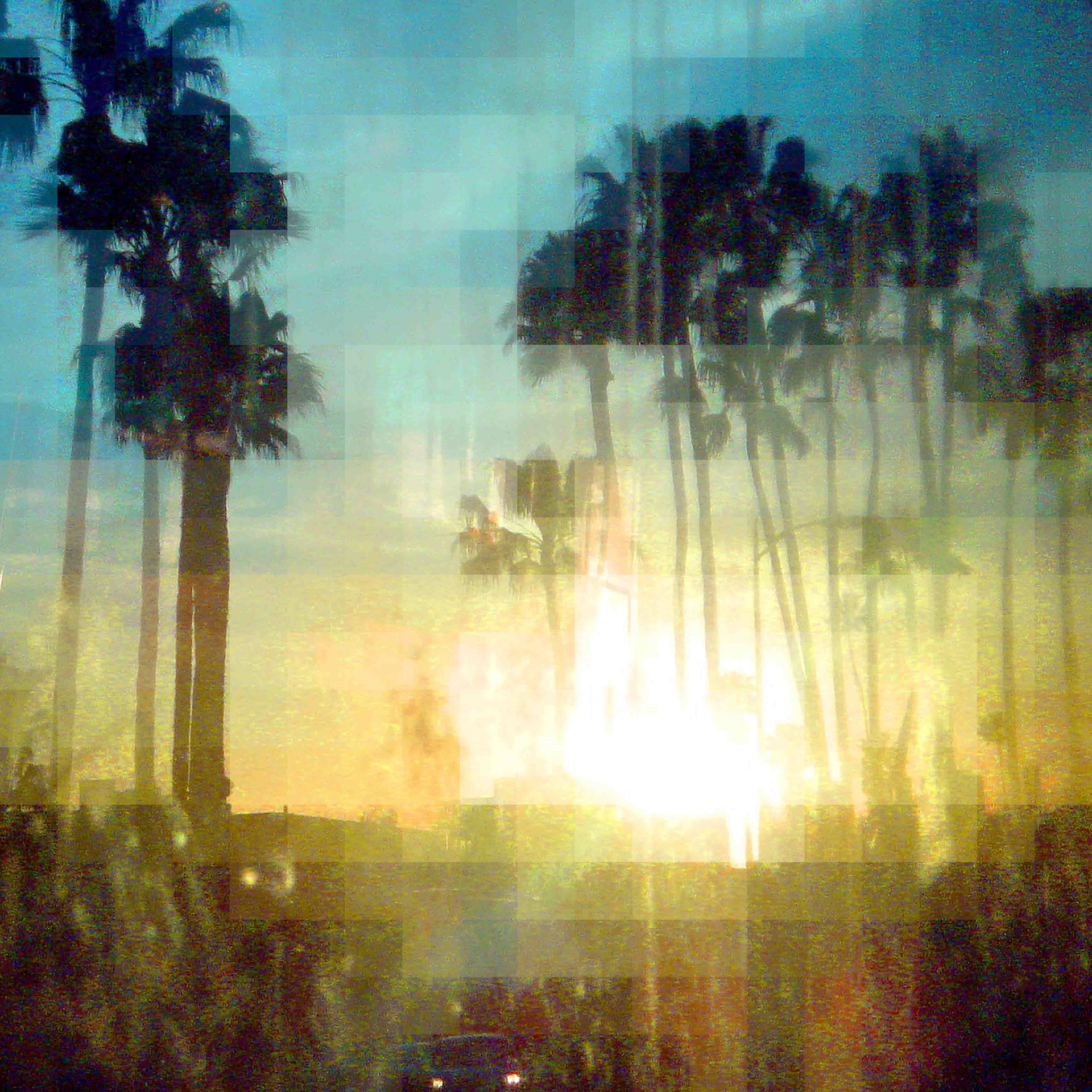
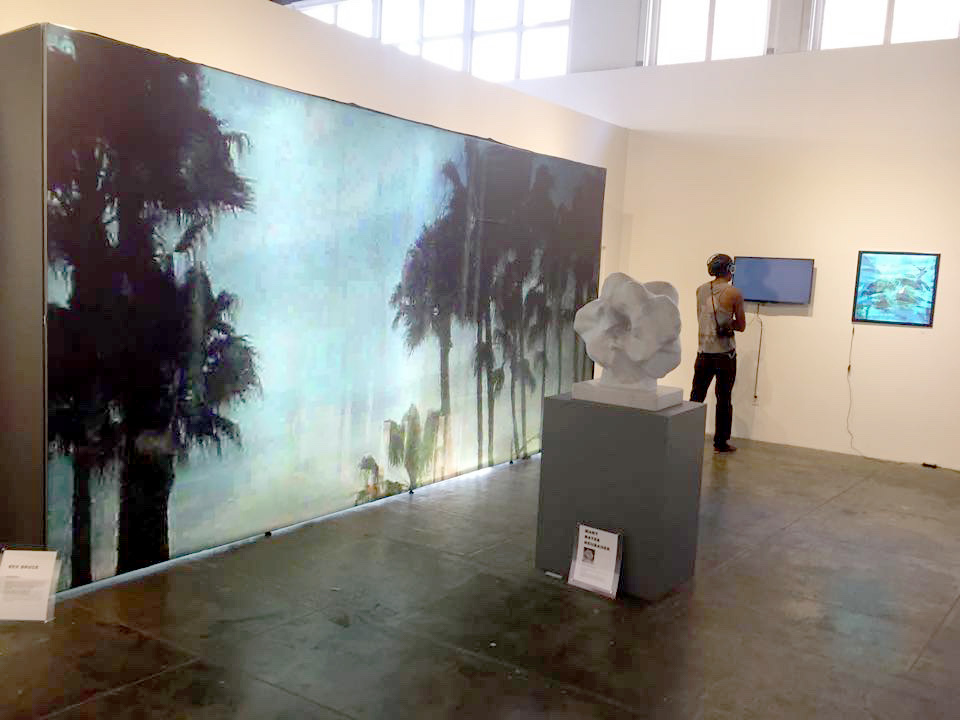
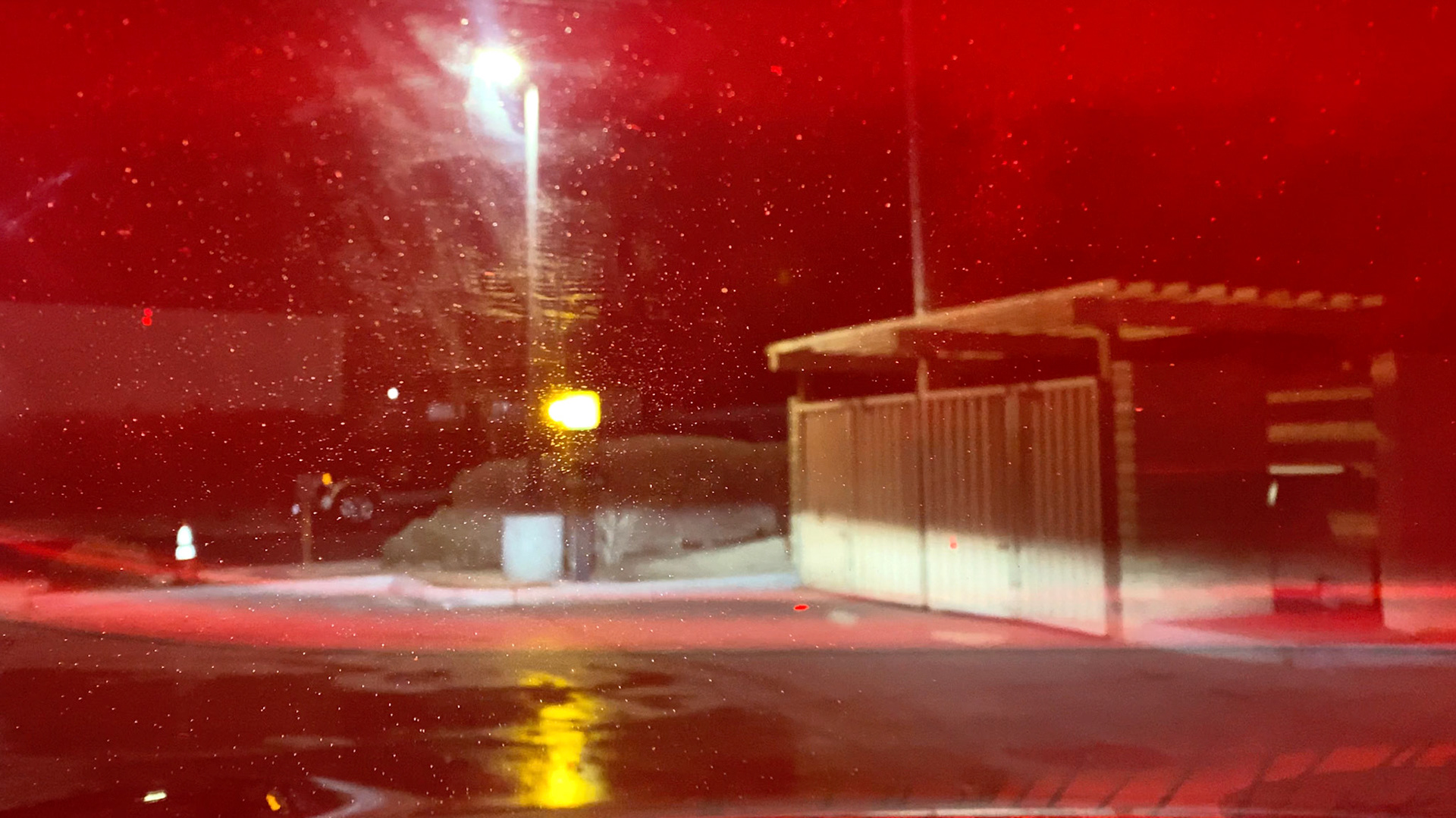
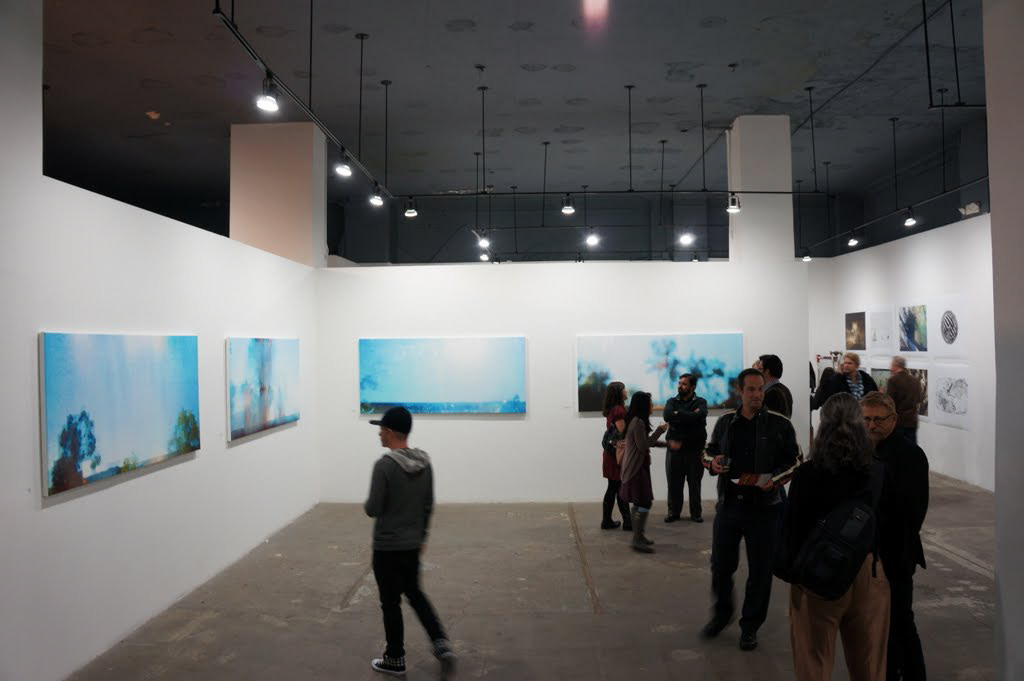
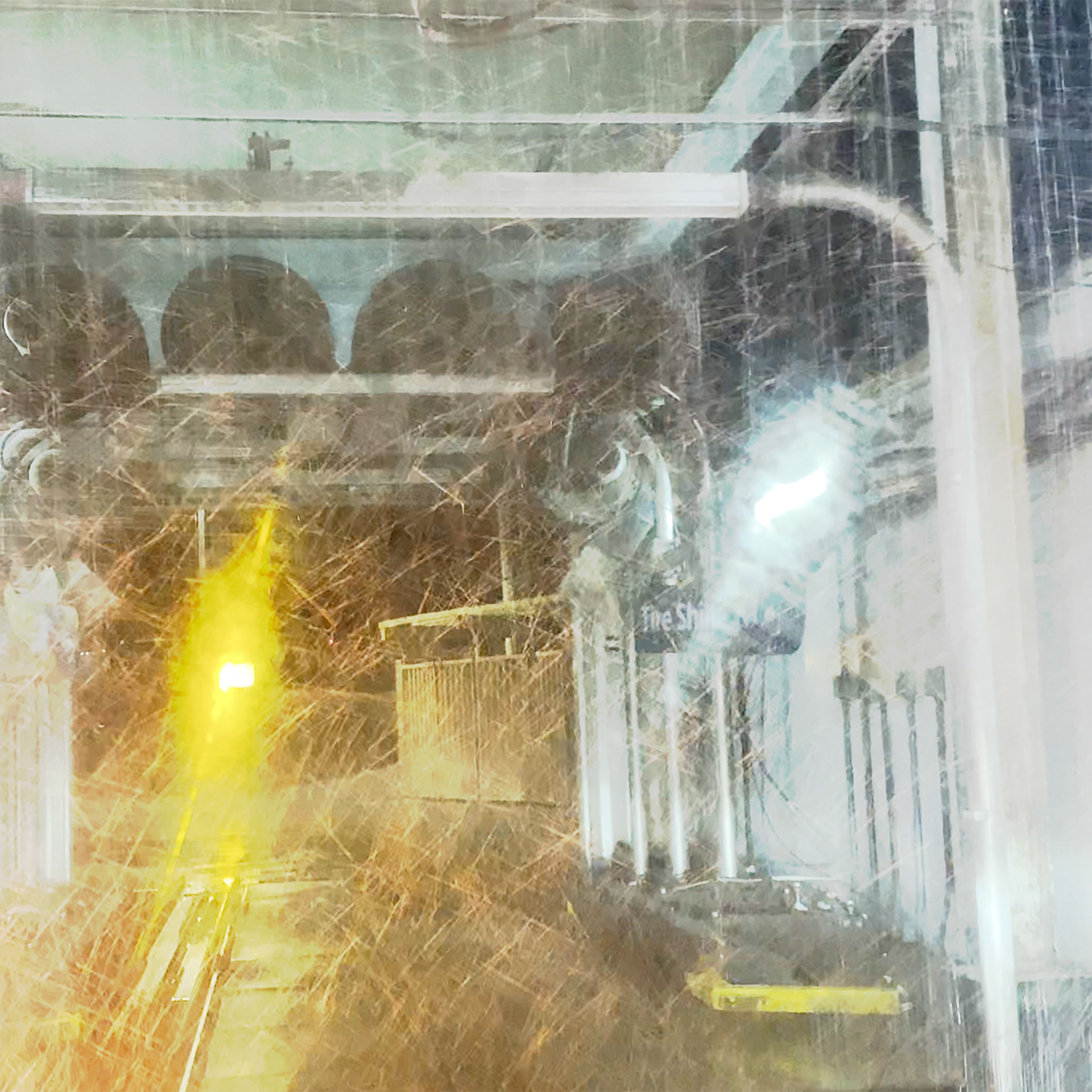
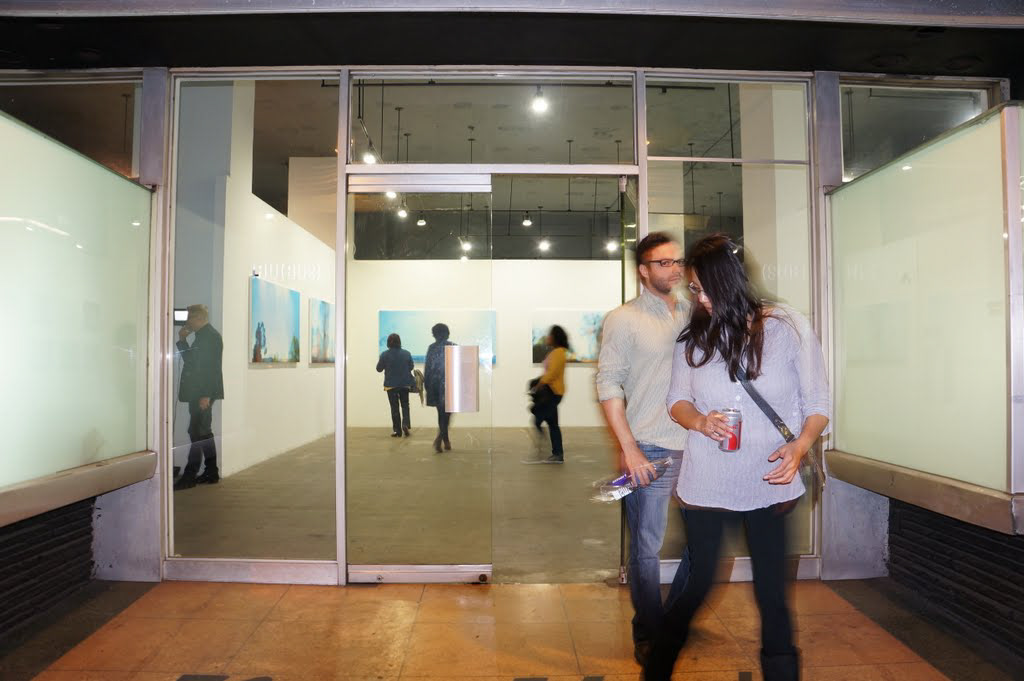
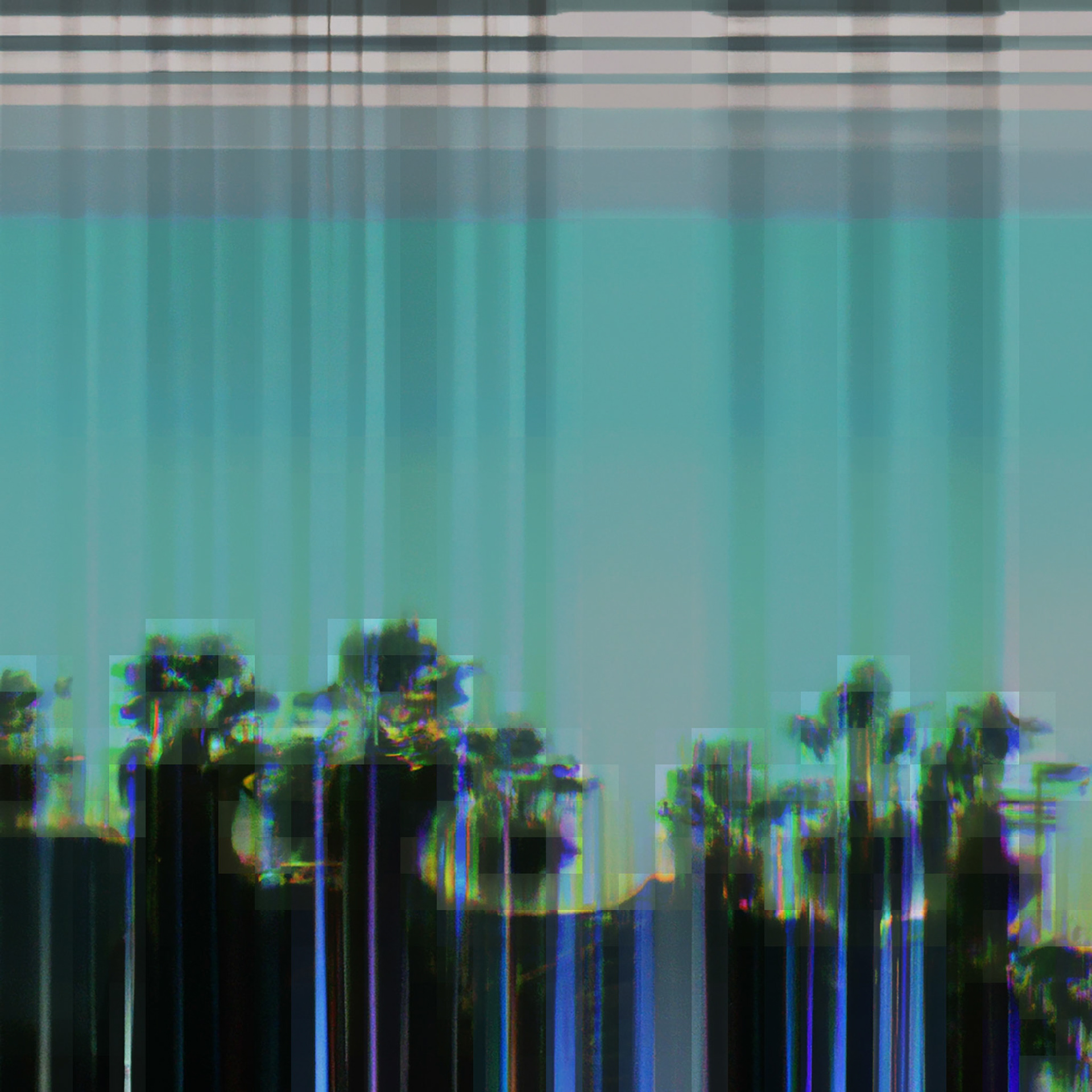
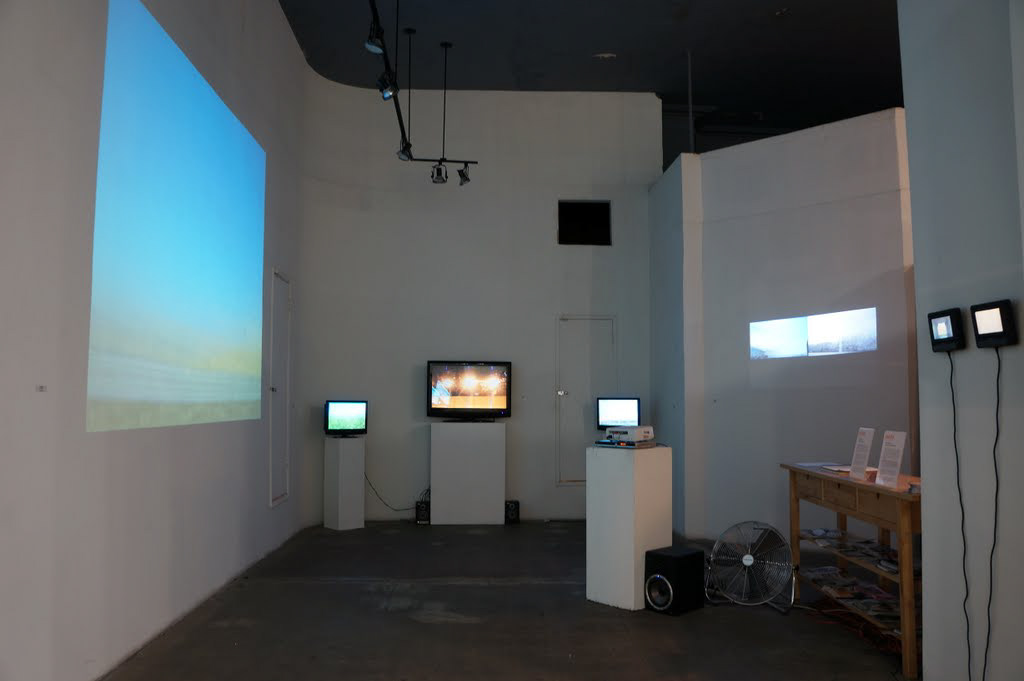
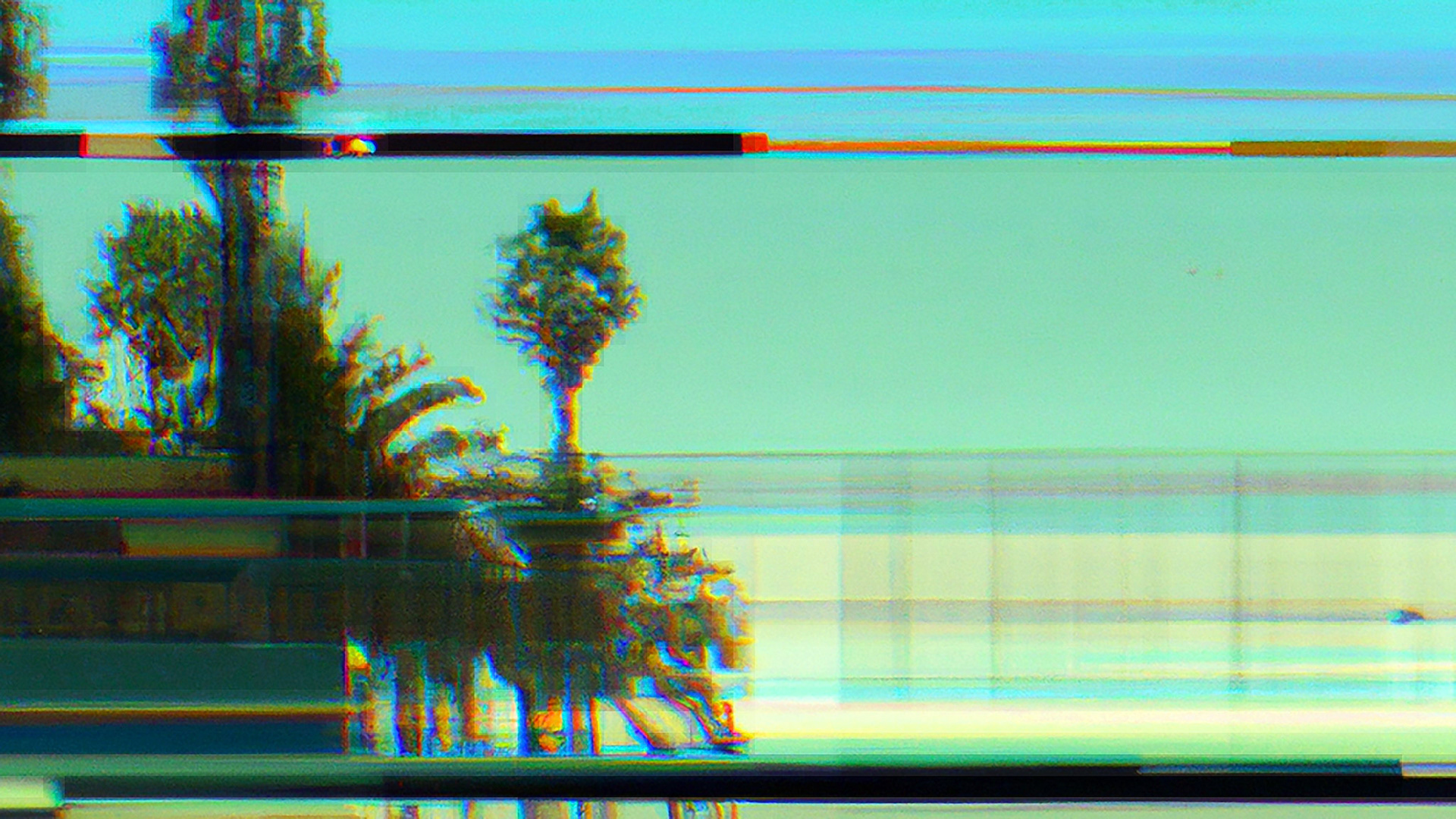
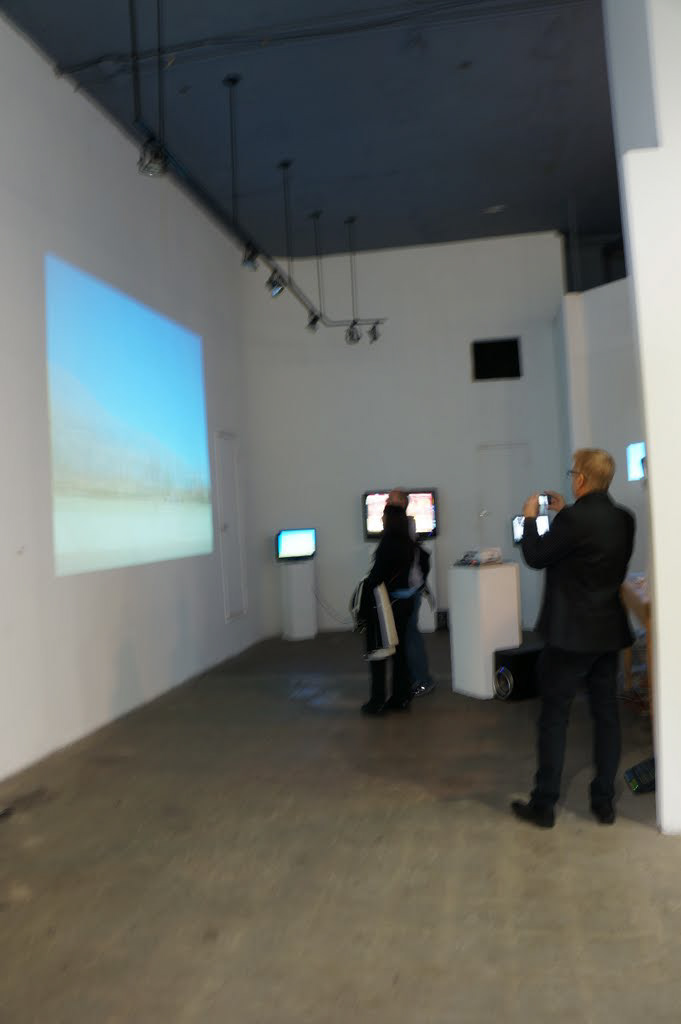
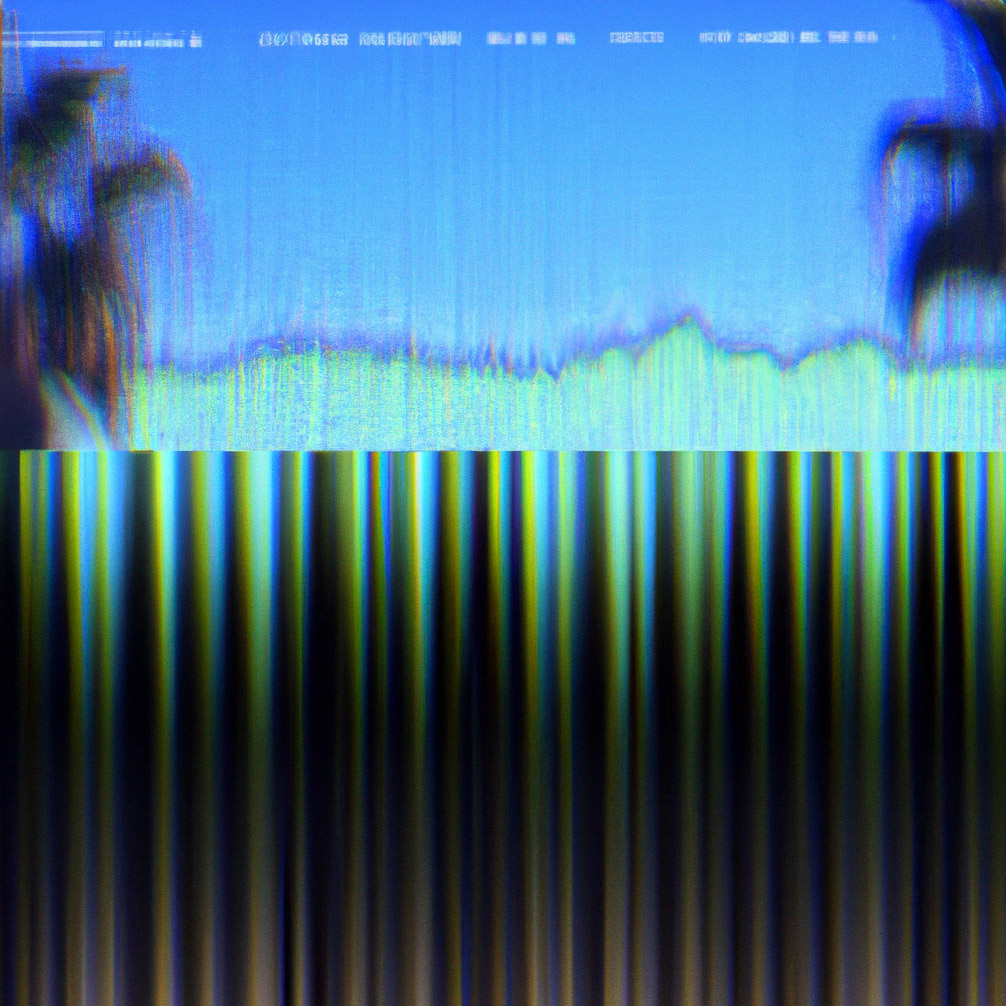
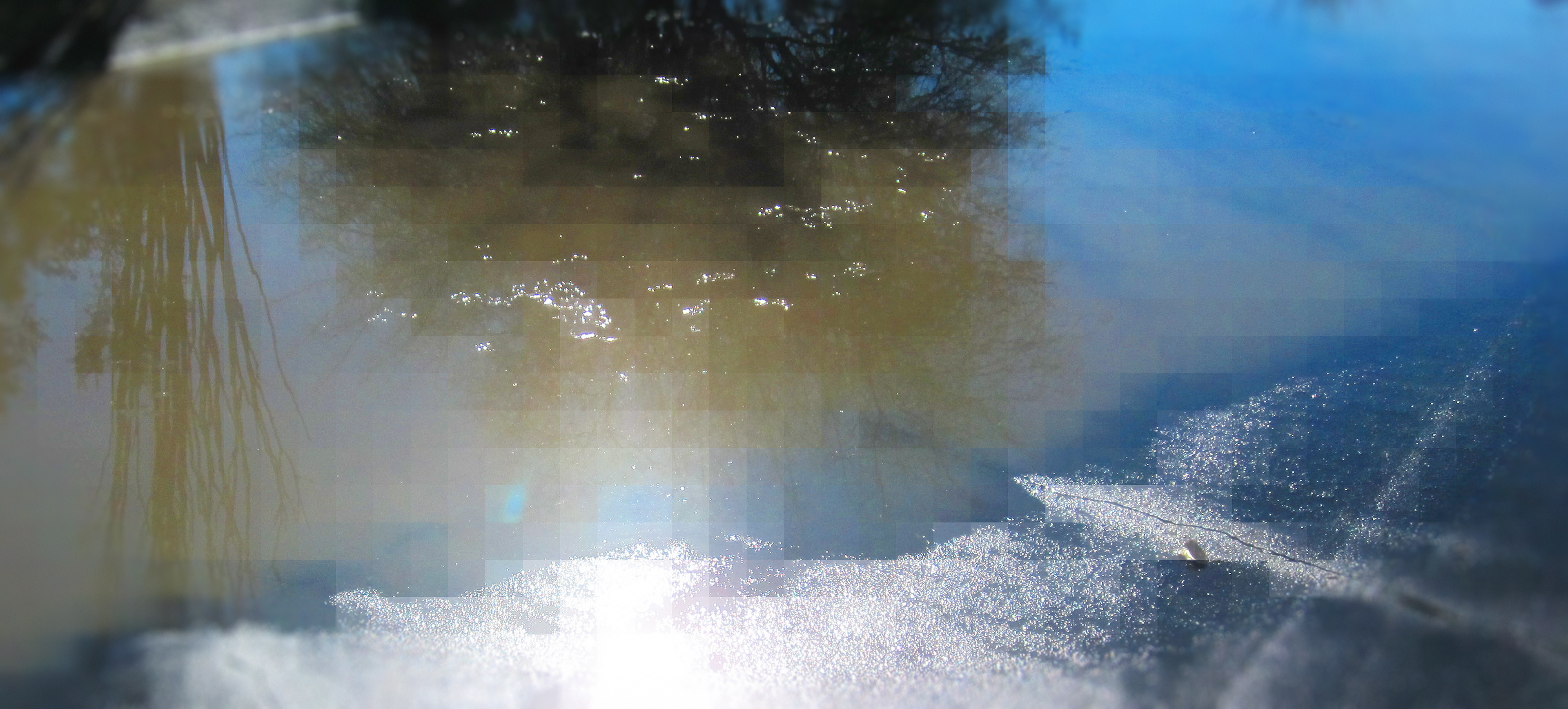
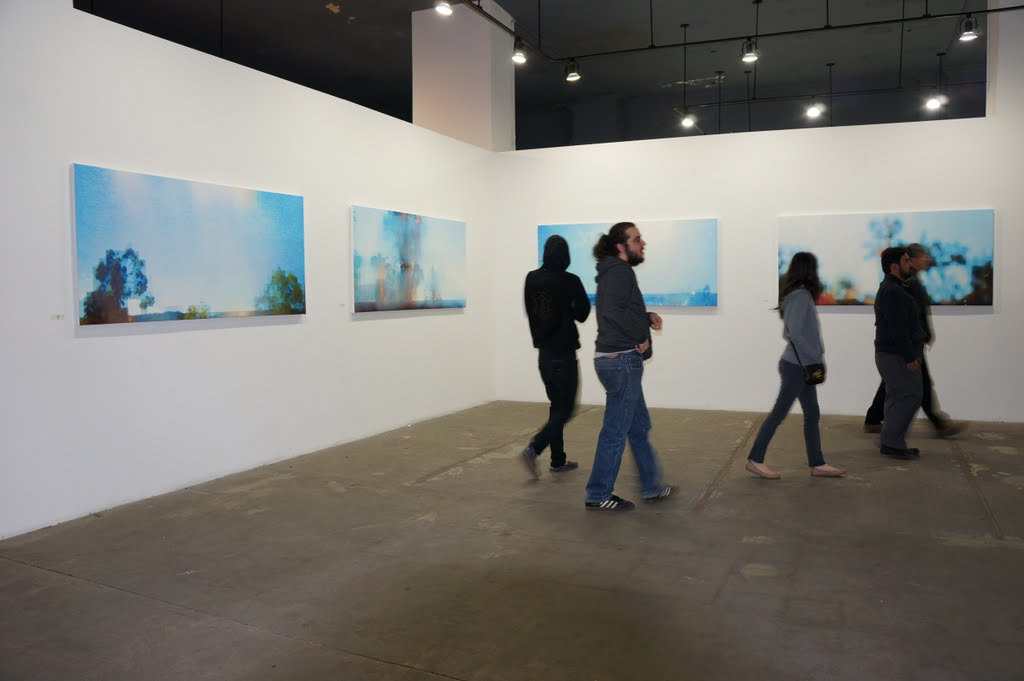
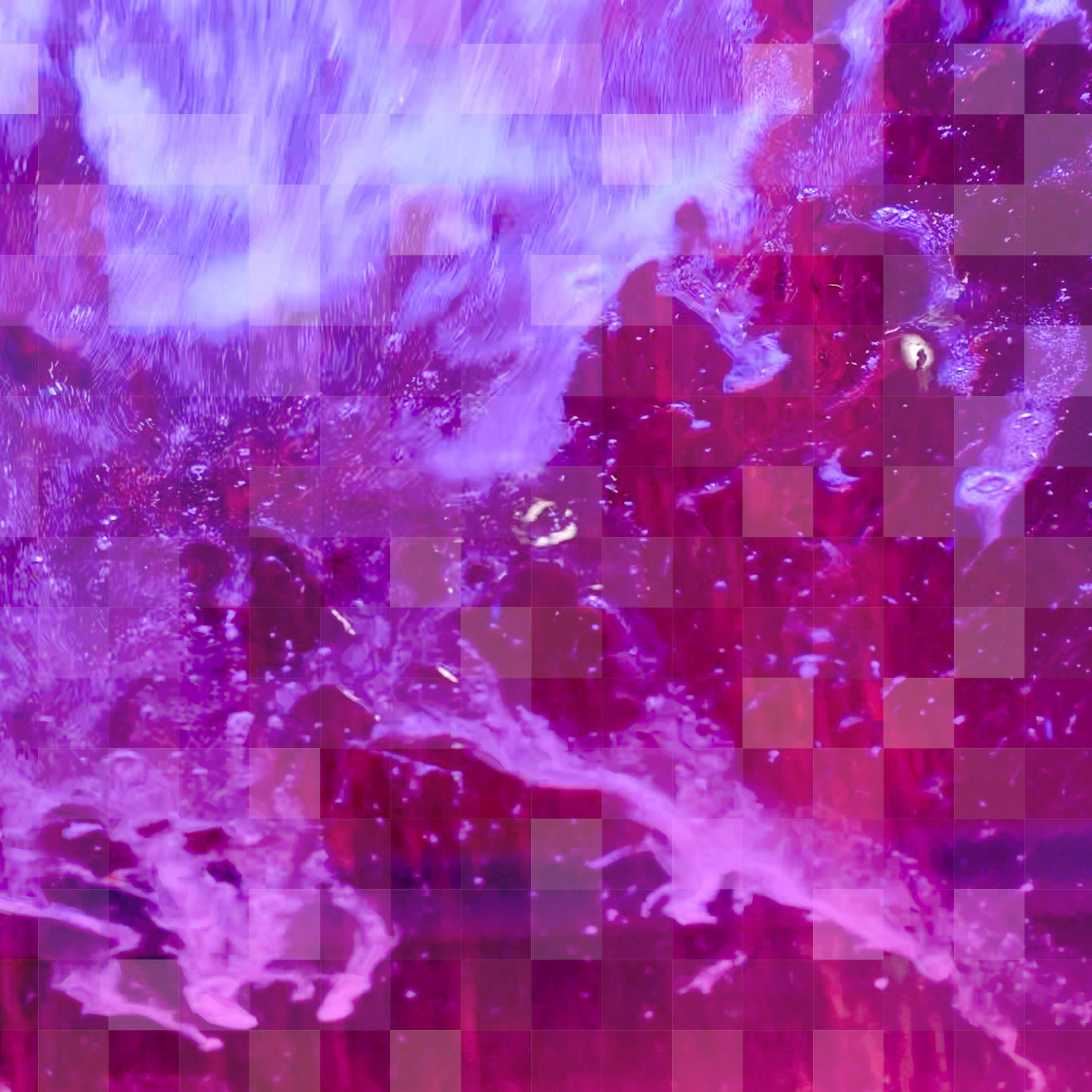
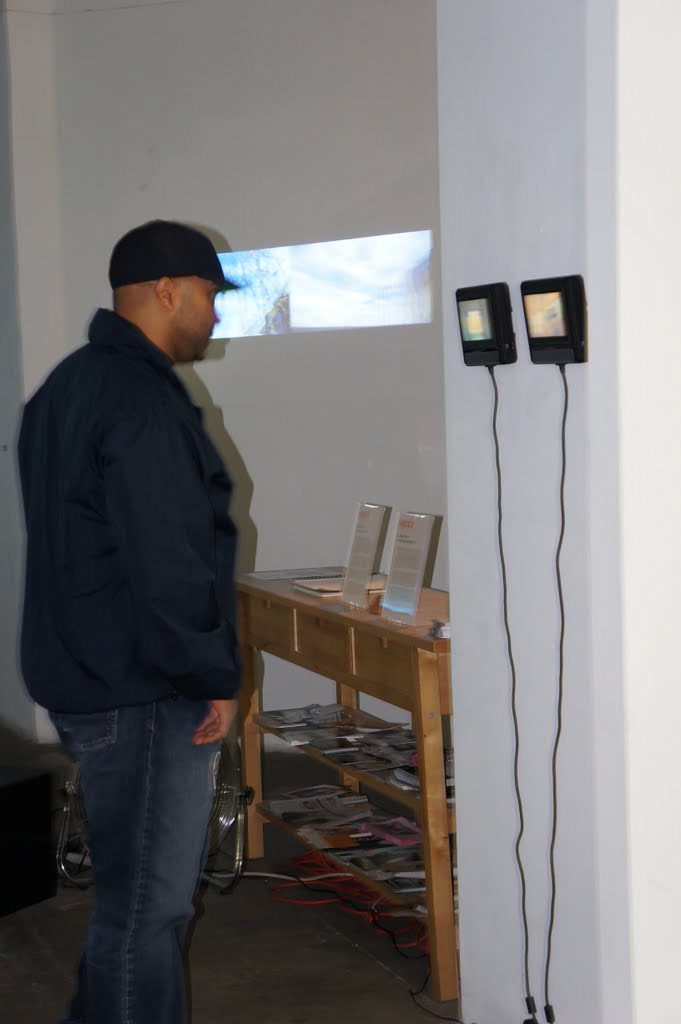
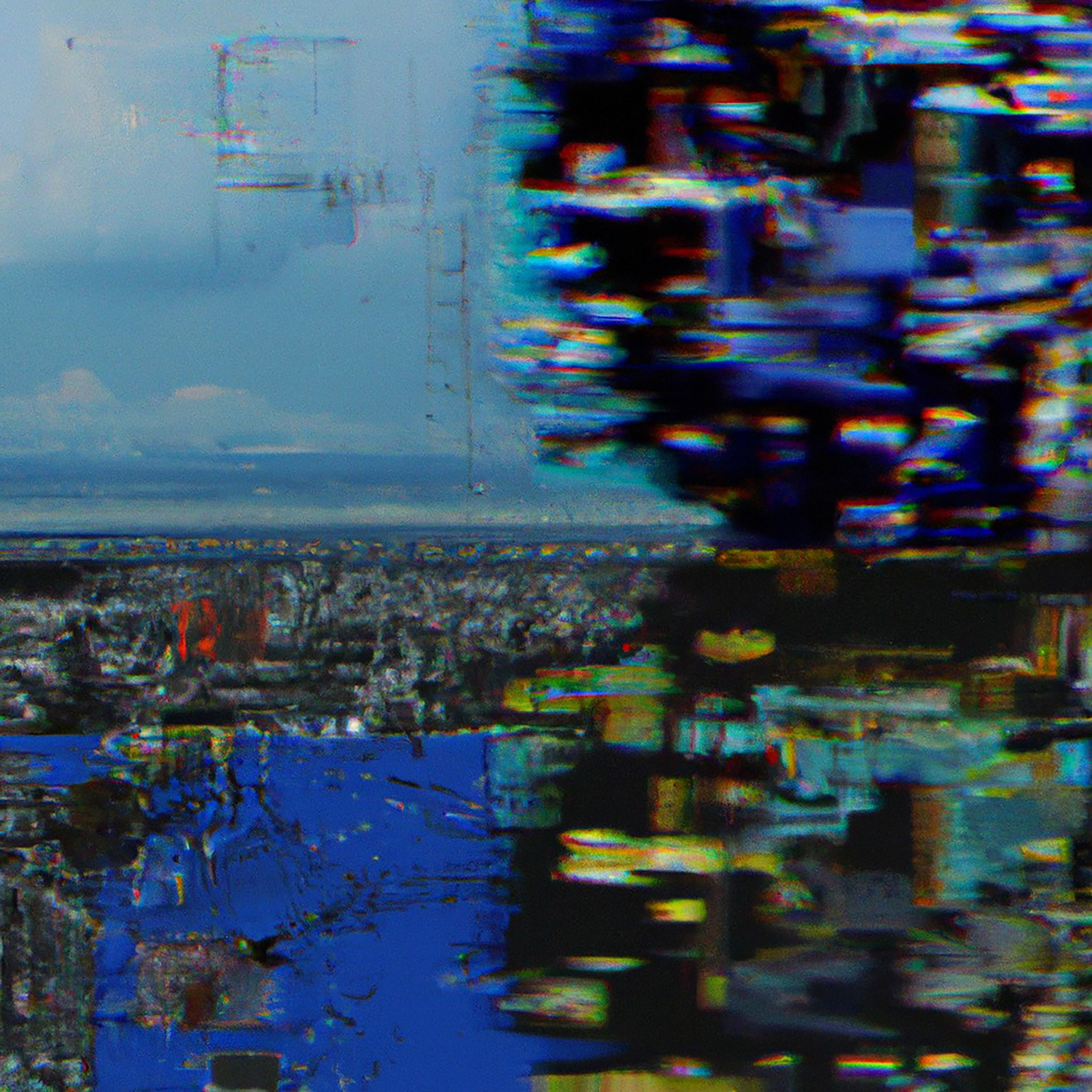
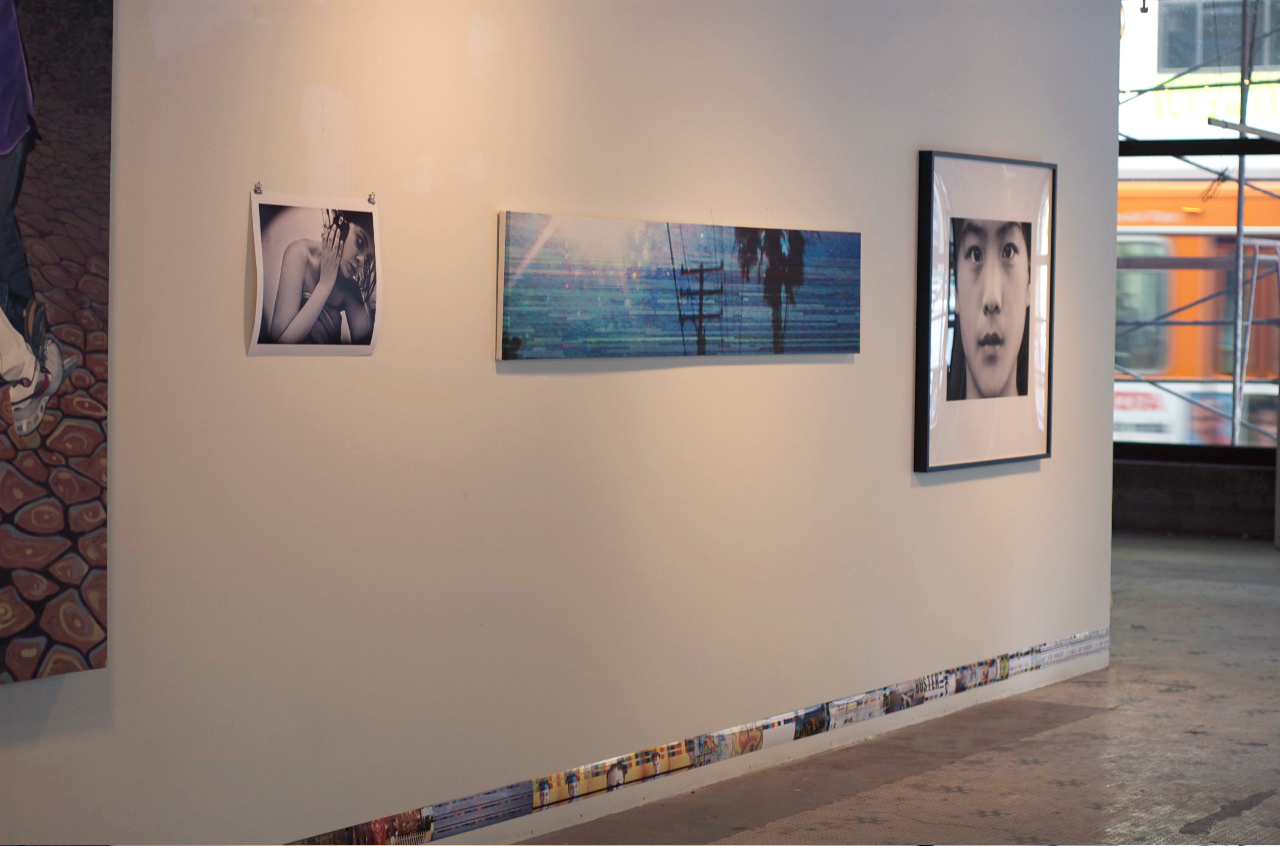
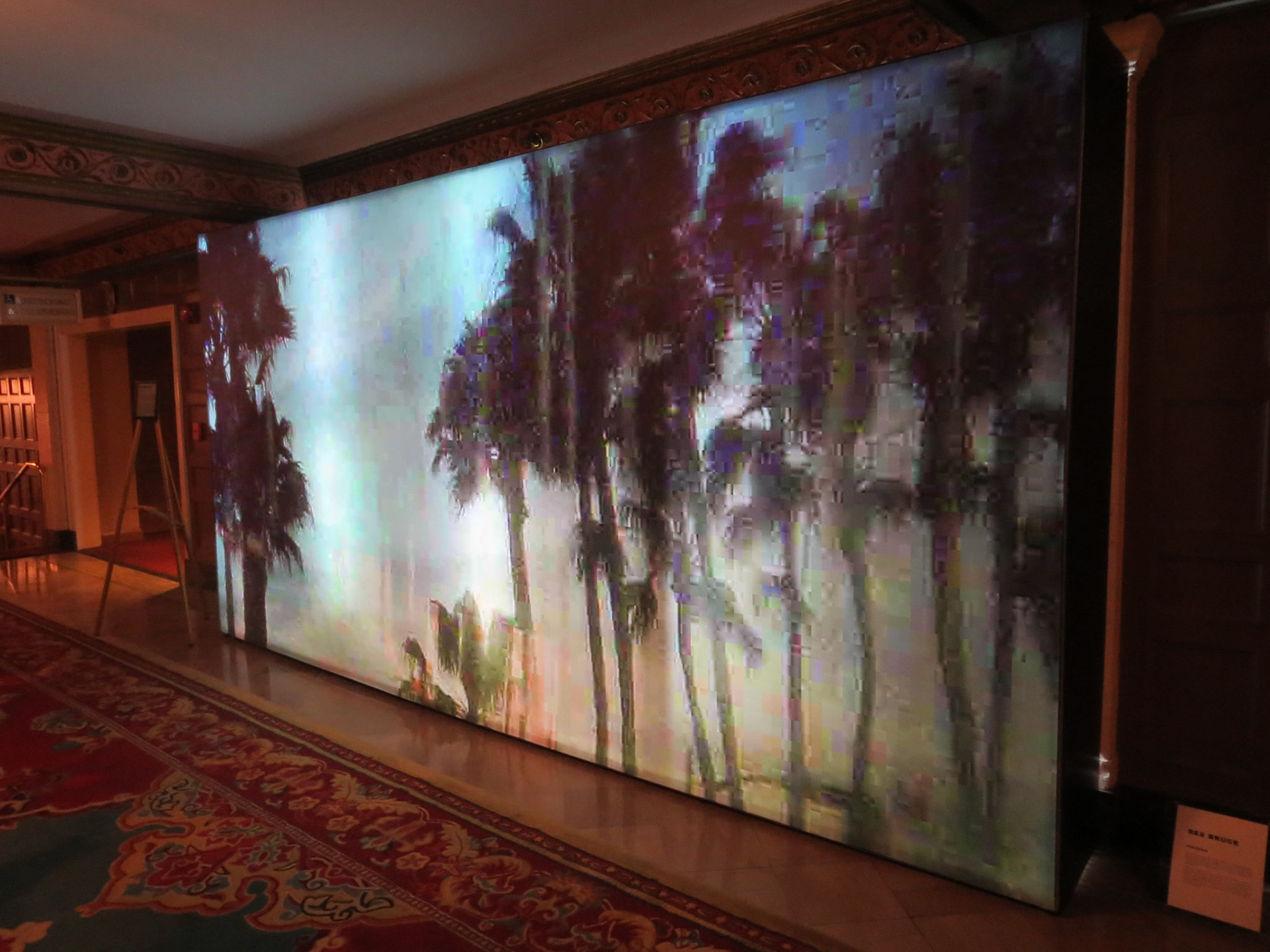
Moving Violations
Artist’s Statement
Artist’s Statement
Rex Bruce
This art has lots of cars. It is created from within cars. Ed Ruscha did gas stations and parking lots, Dennis Hopper shot the seminal “Double Standard” through a windshield. I even found shots by Ansel Adams of early “park and eat” burger stands here. It is an L.A. thing, countless artists from here explore that territory. I shoot non-stop from my car window with my collection of cameras and mounts. Millions of buildings, trees, houses, lights and billboards whisk by. The result is super-fast, shaky, blurry and noisy. It constitutes a turbulent violation of many tenants of “good” image making, but still retains a musical and lyrical sense in its form. The work is pretty self explanatory—toxic SoCal overkill and maximum carbon emission, but it is informed by a particular vision of my era that has coalesced in my mind.
The fast moving cars are a symptom of a greater eco-political violation that moves in time very slowly. This period begins around 1950, the fiscally inebriated yet repressive postwar era that began with a victory indebted to the first and only atomic explosions to be unleashed on humans, and runs to 2050 which is roughly the year the total depletion of global oil reserves is predicted. This time-span pivots on the millennial giddiness of the year 2000, and we must all admit the sense that since the tragic events of 2001 things have never really been the same.
It is fascinating that this timeline would exactly follow the lifespan of a centenarian baby-boomer. The awareness of a polluted present and a calamity filled future has created a life of worrying and responding for a substantial sum of the population. There are multiple generations now engaged in a fitful search for courage, knowledge and compassion to move forward and deal with this somehow in a constructive manner amidst a rigged and sclerotic system where dissemination of correct information and palpable action that should result from it is the only thing slower than the crisis itself. Amidst the crash and burn that defines the present moment on our timeline, the only thing that seems to motivate anything are obese economic interests and the bought politicians and ridiculous propaganda required to keep them going.
This arch of time also marks the introduction of computers (ENIAC in 1946), the development of the Internet in the 50s and 60’s, web browsers (1989), personal computers, to the total digitization of everything where the rapidity of development makes an unpredictable evolution with no end in sight. It is not long before this evolution produces an examination of technological violation. The notions of dirty versus clean technologies arise, and the reality of the awesome destructive power unleashed by producing the energy used to fire up our luminous gadgets is upon us in force.
At this point, to thoroughly run my concept into the ground, a beckoning toward a quick and flimsy impression of the art world within this time frame presents itself. 1950 approximates the ascent of the American scene which from mid-century to now has gone global, just like everything else. While New York has retained a great deal of hegemony, it is considered one scene out of many that fan as out far and wide as the Eastern Block and China, being the newest (and very large) additions to the international array. Over time while spreading out geographically art has also, but not exclusively, turned its attention to social issues more and more. The intensely formal 50s gave way to 60s pop where the whole of visual culture became fodder for consideration. American peak oil was 1971 which was the same year as Chris Burden’s “Shoot,” which many think singularly marked the end of modernism.
From that point on post- and neo- reigned supreme and now we have arrived at a delightful hybrid filled free-wheeling free-for-all—anything goes. Along the way there has been an appearance of art leveling a political critique that can retain a “formal transcendence” that is inextricably tied with a social and personal transcendence. It is expressed in the most odd and circuitous manners as rightfully required by an expression that does not want to come off as overbearing or too conclusive in its meanings. The interpretive aspect of contemporary art allows it to avoid the pitfalls of frozen thinking that belongs to the ideologues populating the political landscape in ever increasing numbers.
I think it is safe to say that art helps us move into a dubious future that runs through my 2050 endpoint. World peak oil is predicted at 2014, which is pretty much “right now.” That is our more exact moment, what happens after that speeds up a bit according to some. So, it is time to put on the “energy producing” breaks, where the movement becomes a social one. Sooner or later this will happen, it is just a matter of time.
It is clear. Gone are the days when we thought the world could handle as much crap we could pump into it, and never run out of the resources to create said crap. The end game is in play. People may say otherwise, but few really believe it.
When confused about this I always remind myself that “nature bats last.” The time comes when the moving violation stops—something that seems unthinkable, but I believe inevitable one way or another—and then we will have really learned and understood something deeply valuable and profound. How good or bad this turns out will be a measure of our grace and vision as a race of beings. It is time for each of us to dig deeply within ourselves, and to find nothing less than the wherewithal to respond with a commitment and verve unparalleled in history.